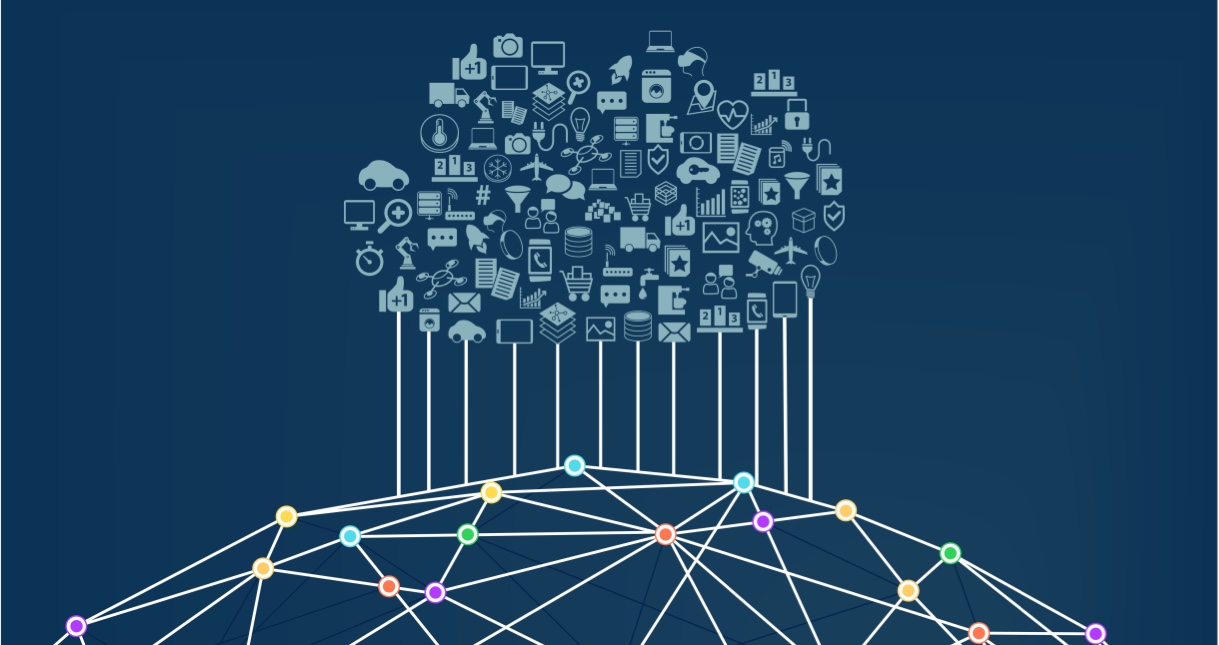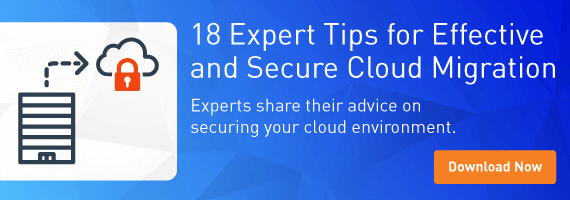
We tend to fear what we do not understand. Especially when it comes to new technologies. We oftentimes worry… and worry some more… before finally embracing a new gadget, platform, or feature and deciding to incorporate it into our lives. Brian David Johnson, futurist at Intel, is responsible for creating models that predict how people will interact with technology in the next 10 to 15 years. He describes four stages to show the paradoxical relationship between fear and technology.
- Fear – “It will kill us all!”
- Personal struggle to make sense of the new technology – “It will steal my daughter!”
- Denial of its usefulness – “I’ll never use it!”
- Acceptance – “What are you going on about?”
The pattern applies to many situations, including the Internet, computers, smartphones, wearables and the Cloud. When it comes to cloud computing, businesses and IT professionals alike remain especially wary. Indeed, enterprises express mixed feelings about security in the cloud despite wide-scale adoption. More than 90 percent of enterprises in the United States use the Cloud, and 52 percent of small and medium-sized businesses (SMBs) use the cloud specifically for storage. These adoption trends demonstrate that most businesses passed through the fear of the Cloud phase and now reside in stages three and four, where they are attempting to make sense of the new technology and deny its significance. This article explores four reasons why the Cloud is more secure than on-premise backup, storage and computing systems, otherwise known as "legacy systems." It aims not only to demonstrate cloud computing’s usefulness but also to address existing concerns about security.
Background: Opinions on Cloud Security in the Enterprise Market
How does legacy system security compare to cloud security? Sixty-four percent of IT professionals say the Cloud is more secure than legacy systems. But breaking the data down shows that 38 percent see the Cloud only as “somewhat more secure” rather than “much more secure.” This leaves a quarter of respondents unsure about whether the quality significantly differs, with roughly 10 percent doubting the efficacy of cloud security overall. High-profile data breaches at Target, Home Depot and in the Apple iCloud received a lot of media attention. However, the media ignored that all three breaches were a result of human error, not shortcomings in the Cloud. For example, in the cases of Target and Home Depot, hackers got ahold of personal information from third-party vendors and not by hacking the Cloud. Incidents of this nature, combined with a lack of knowledge about the safeguards that exist to protect data stored in the Cloud, paralyze businesses in stages two and three of the fear-technology paradox.
“I think what we’re seeing now, when it comes to the Cloud and security, is a bit of a myth that the Cloud is less secure. I’ve heard this many times, but it does not seem to be true in real life.” — David Linthicum, Senior Vice President, Cloud Technology Partners
Four features of cloud security demonstrate why fear of the Cloud is more of a myth than a reality. 1. Strong Perimeters and Surveillance for Legacy Systems Legacy system security can be unreliable and difficult to implement. They include the terminal, workstation and browser. Legacy systems originated before computer crimes became prevalent. Therefore, preventing access to on-site computers often was enough to block hackers. But businesses still rely on these systems today, often using them in tandem with cloud infrastructure and backup and recovery services. This makes legacy systems increasingly vulnerable to hackers. Additionally, assessing legacy system security concerns is a multi-step process, with the best option being to replace the legacy system itself. In most offices, a locked door is the main defense to protect IT equipment, important files, and personal- and business-related data. In contrast, the top cloud service providers’ (CSP) data centers have multi-layered security defenses. Precautions include high fences, barbed wire, concrete barriers, guards that patrol the area, and security cameras. These physical barriers not only prevent people from entering the data center. They also monitor activity near the space. 2. Controlled Access When data is stored off-site in the Cloud, employees, vendors and visitors are physically separated from a company’s mission-critical data. This lack of physical access makes it more difficult for third parties to stumble across data and use it negatively. The amount of human risk decreases. 3. Cyber Security Expertise CSPs specialize in keeping data safe. Cloud infrastructure is monitored at all times in order to head off potential security threats.
“If you were to look at the skill set in a single organization and compare it to another organization that specializes in a specific solution, all things being equal, you would expect the specialized company to provide the best service. This is how it is with the Cloud. The cloud vendor will have good, if not better, security and support for security than any one company.” — Duane Tharp, Vice President of Technical Sales and Services, Cloud-Elements
With the Cloud, you get access not only to the best data centers but also to highly skilled IT professionals. 4. Thorough and Frequent Auditing CSPs undergo yearly audits to protect against flaws in their security systems. However, on-premise, legacy systems do not have this requirement.
“If you have an on-premise solution for five years, within those five years, it may get audited once, which leaves room for gaps in security to arise.” — Jason Reichl, CEO, Go Nimbly
Additionally, legacy systems can be difficult to update, especially as they grow alongside the company.
“Legacy systems are more difficult to keep updated because enterprises may have to go around to several hundred thousand platforms to check and update security systems. It’s easier for legacy systems to fall behind.” — David Linthicum, Senior Vice President, Cloud Technology Partners
Final Takeaway
As more businesses begin using the Cloud, it is inevitable that they will see tangible benefits, such as improved business efficiency, better access to data and security. These benefits will fuel the transition to stage four on the technology-fear continuum — “acceptance.” Big data, virtual reality and the Internet of Things (IoT) are stealing the technology industry’s spotlight now. All three new technologies work in tandem with the Cloud. Greater reliance on cloud services will quell remaining security concerns and indirectly show how the Cloud is more secure than antiquated on-premises systems. To learn more about staying secure in the cloud, find out what 18 experts advise for effective and secure cloud migration, here.


About the Author: Sarah Patrick is an analyst at Clutch. As a member of the marketing team, she conducts research that aims to help consumers select agencies and firms and use IT services and software that enhance their business. Clutch is a Washington, DC-based research, reviews, and ratings platform for B2B. It identifies leading software and professional services firms that deliver results for their clients. Editor’s Note: The opinions expressed in this guest author article are solely those of the contributor, and do not necessarily reflect those of Tripwire, Inc. Title image courtesy of ShutterStock
Meet Fortra™ Your Cybersecurity Ally™
Fortra is creating a simpler, stronger, and more straightforward future for cybersecurity by offering a portfolio of integrated and scalable solutions. Learn more about how Fortra’s portfolio of solutions can benefit your business.

